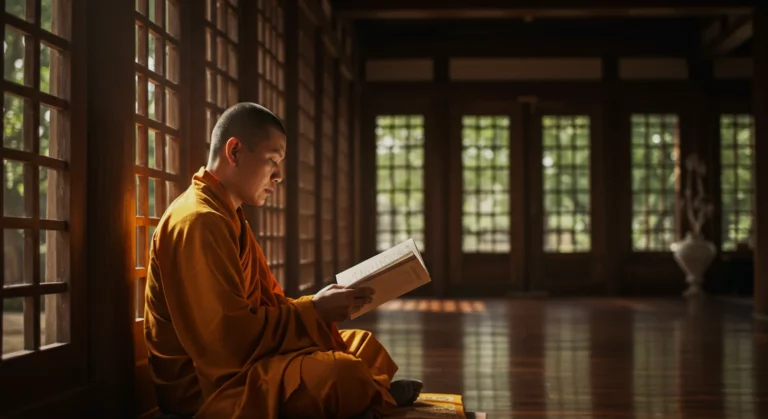Imagine that you’ve been gifted a crystal—a source of immense energy capable of instigating profound healing and transformation. Unlike a physical crystal, you can’t hold it, but you can harness and direct its energy from within. This, in essence, is what lies at the heart of the question, “What is reiki?“
Apart from being a healing modality, reiki can help you raise your vibration and transform the energies around you. And it’s an authentic path to self-discovery and holistic well-being.
What is reiki?
Reiki derives from two words: “rei,” which is spirit, and “ki,” which is life. Reiki is thus a spiritually guided life force energy, an energy that flows through all living beings.
As a form of energy medicine, it was developed by the Buddhist monk Mikao Usui. His system, often referred to as Usui Reiki, is the foundation of this healing practice.
To understand how it works, picture a river. It flows smoothly and unhindered from its source to the sea. But throw in a few rocks, and suddenly, there’s disruption.
This river is like the energy coursing within you. And reiki is the practice of removing blocks, clearing the way for energy to flow freely.
Brett Bevell, a modern Reiki master, explains that reiki isn’t some otherworldly concept; rather, it’s an intimate part of our being.
“We all have access to this life force energy,” he says. “It’s just a matter of learning to tap into it.”
What does science say about Reiki?
Reiki, like many complementary and alternative medicine practices, has found itself under the scrutinizing lens of science. While the practice is rooted in spiritual traditions, the question arises: What does empirical research say about reiki?
According to this meta-analysis, it has great potential for treating chronic pain and alleviating distress.
In the broader scientific community, the stance on reiki and energy healing is mixed. Some healthcare professionals recognize it as a complementary therapeutic approach in integrative care, supporting patients undergoing conventional treatments.
Simultaneously, skeptics highlight the need for more robust, controlled, and randomized clinical trials to validate the practice.
Despite the differing modern views, this ancient modality has been around for centuries. Most importantly, it requires very little training for anyone wishing to experience its healing powers.
What is reiki healing?
Reiki healing, in essence, is the application of reiki energy for self-healing or healing others. Unlike chakra healing, which focuses on the body’s energy centers, reiki healing focuses on the overall life force energy flow within the body.
Brett calls this process an “attunement”—the harmonization of your body, mind, and spirit to promote balance and harmony on multiple levels.
What also sets it apart from many other therapies is that it can be easily learned and self-practiced.
What is reiki massage?
Reiki massage, also referred to as reiki healing massage, is a harmonious blend of reiki principles and massage therapy. It’s a two-fold approach to wellness, integrating the subtle energy work of reiki with the tangible, tactile benefits of massage. It’s like getting the best of both worlds in a single session.
While the massage component targets your physical discomforts, the reiki component addresses the energy imbalances that might be contributing to or exacerbating those issues.
The synergy of these two modalities amplifies the benefits of both, leaving you with an enhanced sense of overall wellness.
What is reiki music?
What’s the soundtrack to your tranquility? Is it the patter of rain against a window or the soft rustle of leaves in the breeze?
These soothing sounds often act as an escape from our bustling lives, guiding us into a state of calm and relaxation.
Now imagine coupling these serene sounds with a reiki session or reiki meditation. That’s the essence of reiki music.
Reiki symbols
Reiki symbols are potent tools, each carrying a specific energy and purpose within the reiki healing system. These symbols are typically introduced during the second level of reiki training or the “Okuden” stage in traditional Usui Reiki.
There are a handful of primary symbols used in rei. While some practitioners and traditions may employ additional ones, let’s stick to the basics and unravel the mystery behind the main ones.
1. Cho Ku Rei (power symbol)
Cho Ku Rei, often referred to as the power symbol, is like the energetic dynamo of reiki symbols. It’s typically used at the start of a session to amplify the practitioner’s ability to channel reiki energy.
You could say it’s like turning the volume knob on a radio, enhancing the strength and focus of the healing energy.
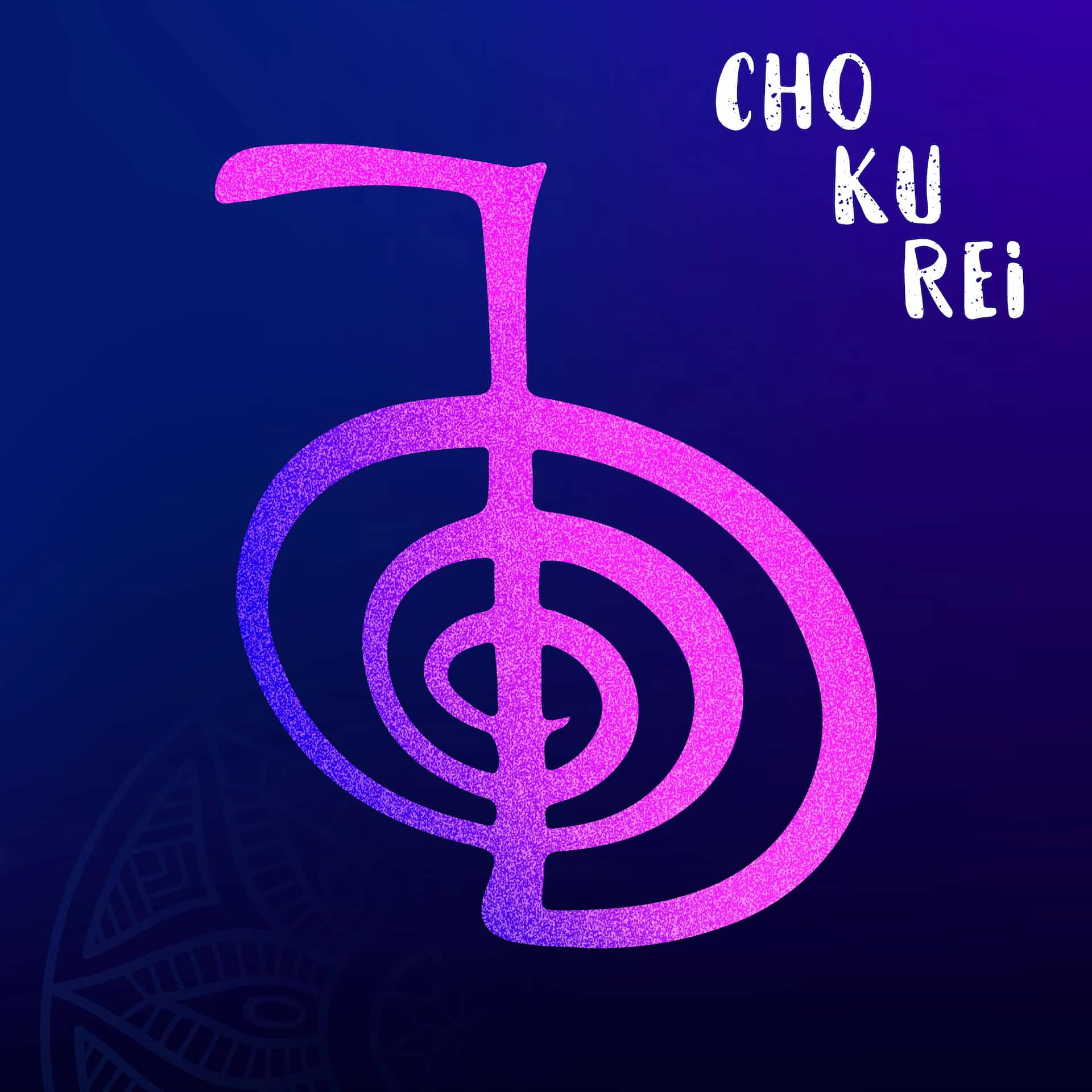
2. Sei Hei Ki (emotional/mental symbol)
Sei Hei Ki, or the harmony symbol, is the reiki remedy for emotional and mental distress. Its energy works to balance the emotional and mental aspects of our being, providing relief for issues like anxiety, depression, and emotional turmoil.
It’s the reiki equivalent of a comforting hug on a tough day.
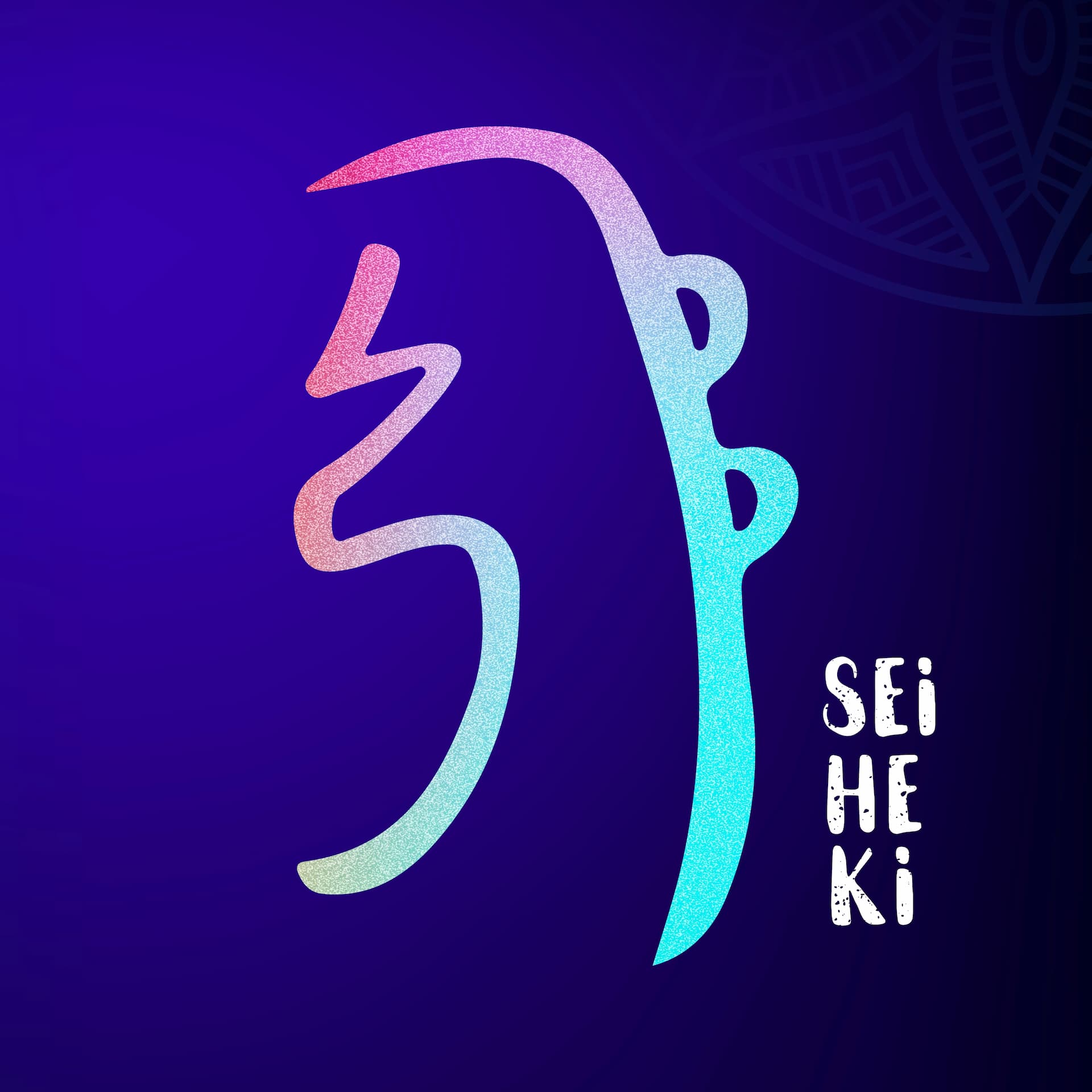
3. Hon Sha Ze Sho Nen (distance symbol)
Hon Sha Ze Sho Nen might be a bit of a tongue twister, but it’s also the magic key that unlocks the ability to send reiki across time and space. This distance symbol allows practitioners to perform distant or absentee healing, reaching across continents or even into past and future timelines.
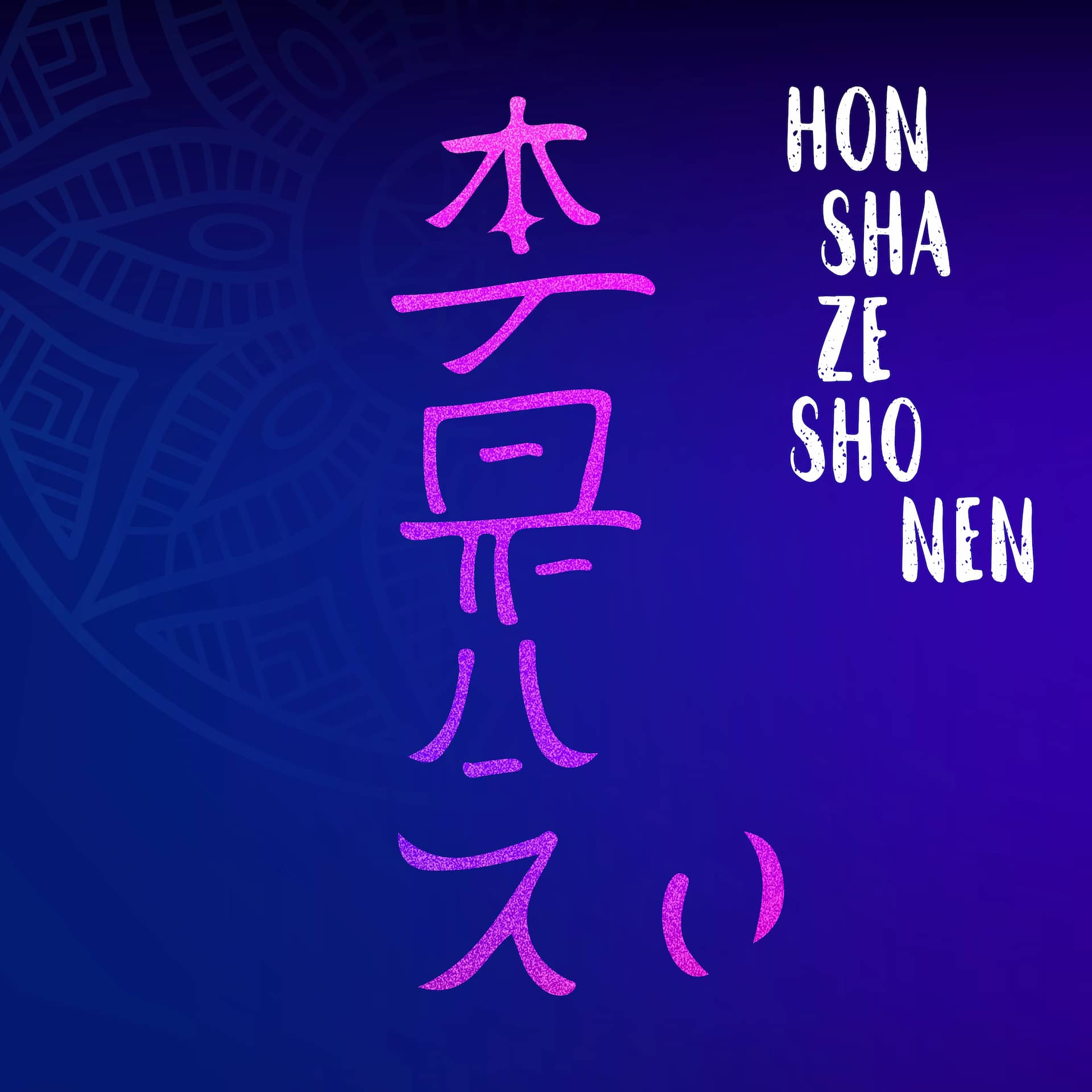
4. Dai Ko Myo (master symbol)
The Dai Ko Myo, or master symbol, is the big kahuna of reiki symbols. This symbol is introduced in the master level of reiki training and symbolizes enlightenment and the deep, direct connection to universal energy.
These symbols are conduits to channel specific intentions and energies in the reiki practice. It’s less about the symbols themselves and more about the intent and focus of the practitioner wielding them.
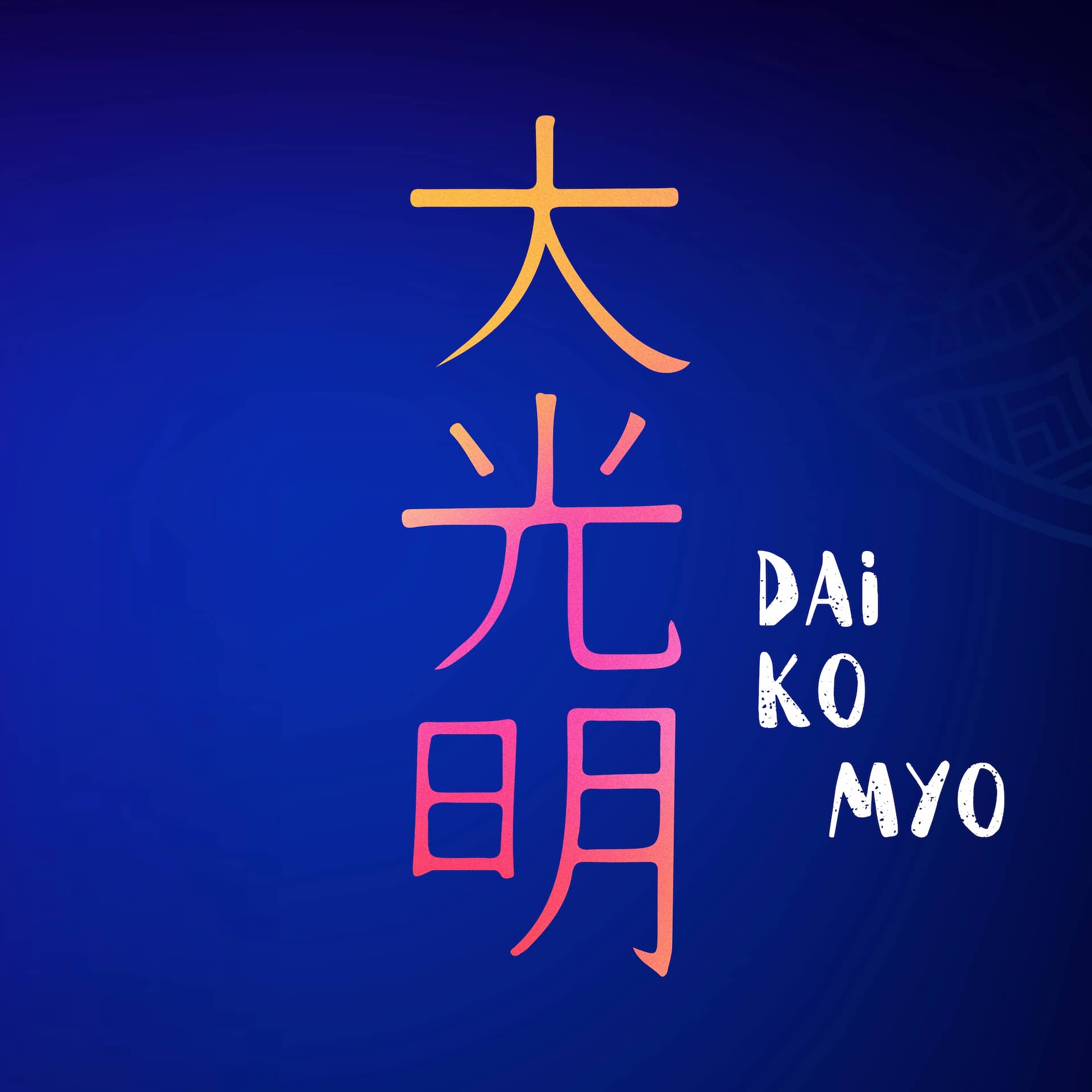
Benefits of reiki healing
Reiki healing presents a plethora of benefits for the body, mind, and spirit. According to Brett, practicing it regularly will raise your vibration and draw things of a higher vibration into your life. It also changes your karmic energy and transforms the energies around you.
Let’s break down the other healing benefits it can bring, according to science:
- Physical healing. Reiki isn’t a substitute for medical treatment; it can serve as a supportive modality for healing your physical body. According to a study, it works better than a placebo in treating various chronic conditions. In addition, it can reduce pain, fight fatigue, boost immune function, and improve sleep quality.
- Emotional and mental healing. The same study has shown that it activates your parasympathetic system, thus, having a therapeutic effect on your nervous system. It’s also effective in reducing anxiety and depression.
- Spiritual growth. At its core, is about reconnecting with your innate healing energies and fostering a sense of wholeness. This aspect of the practice can spark a deep sense of self-awareness and spiritual growth.
These multiple benefits make reiki a holistic approach to balancing complex human systems. What’s more, it’s not something external but your own inner healing capabilities.
Frequently asked questions
The path of reiki is much like embarking on a journey. The answers to the frequently asked questions can help you better understand this framework and give a clear map to using it for healing and transformation.
Does reiki help with anxiety?
Reiki can indeed be a valuable tool for managing anxiety, according to science. It addresses it holistically, targeting its root causes.
First, it creates deep relaxation, soothing your nervous system. Second, it can help you let go of past traumas and negative experiences.
Who can practice reiki?
This modality is accessible to anyone, regardless of age, gender, background, or beliefs. As long as you are willing to embrace the principles of reiki, you can learn how to practice it.
In addition, training courses in this practice are available globally, offering different levels or degrees for a progressive learning experience.
Are there side effects of reiki?
While reiki is generally considered safe and non-invasive, some individuals may experience temporary physical or emotional responses following a session. These can include mild fatigue, emotional release, or a brief increase in symptoms, often termed a “healing crisis.”
Another side effect can be a feeling of stuckness in your spiritual growth. According to spiritual teacher Deborah King, you can have the symbols in your energy field that prevent you from progressing to a higher level.
How do you become a reiki master?
Becoming a reiki master involves going through several levels of reiki training, often culminating in a Master level course.
The process involves learning the principles and techniques, receiving attunements (energy activations), and gaining practical experience.
Unlock a healer from within
The reiki journey is an unfolding of your inner wisdom. And it goes beyond your healing powers.
When you understand the world of energy, you discover ways to heal yourself and maintain a balance in your energy centers daily. This understanding also allows you to access higher guidance, leading to better decisions and a life filled with purpose.
If you want to learn how to expand your awareness of yourself and the world around you, Mindvalley is the right place to be.
Here you will learn how to:
- Apply energy healing to your body, mind, and spirit with Donna Eden’s Energy Medicine program,
- Balance your chakras and manifest your dreams with Anodea Judith’s Chakra Healing program, and
- Apply energy tools to every aspect of your life with Jeffrey Allen’s Duality program.
By unlocking your free access, you have the opportunity to try out sample classes from all the programs above and many others.
Welcome in.






